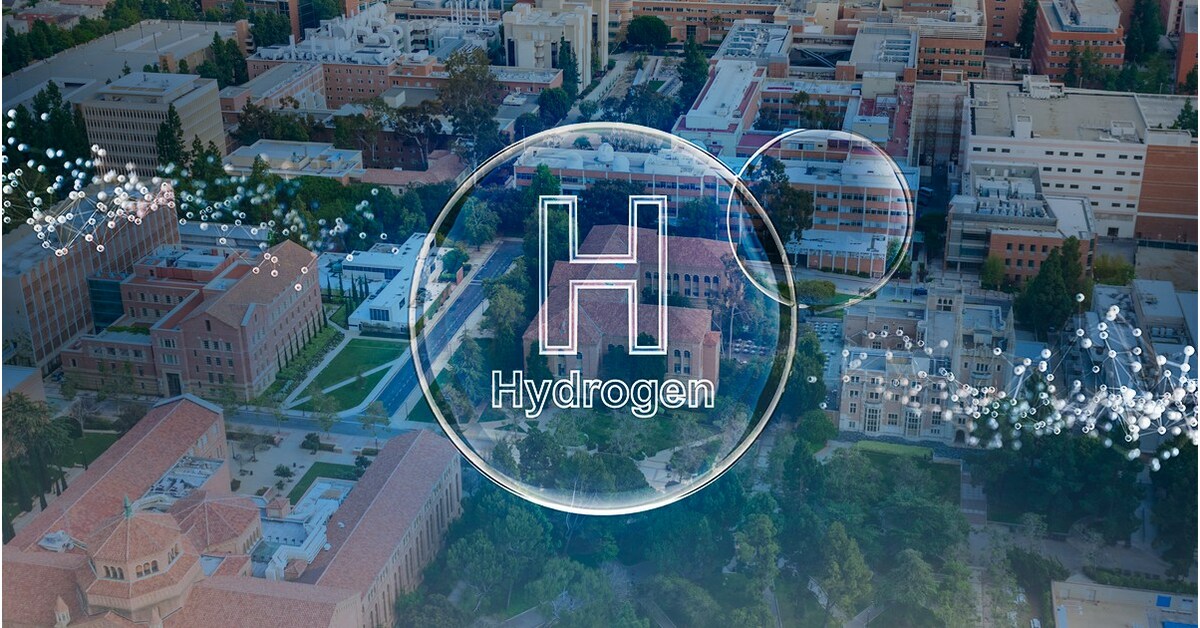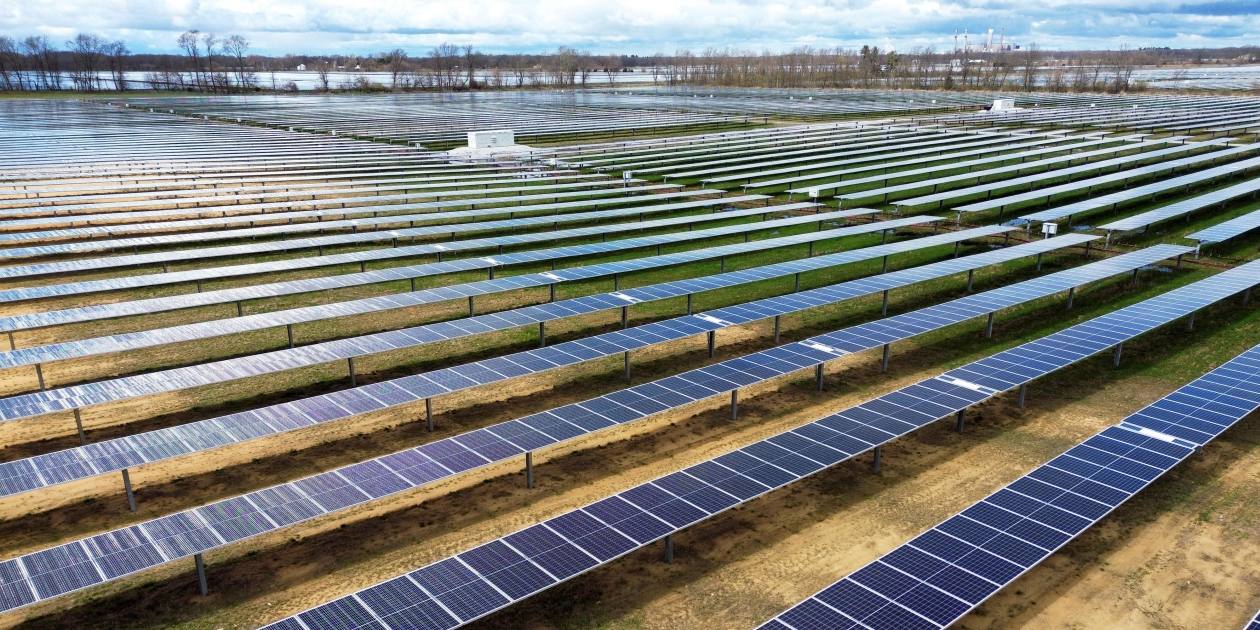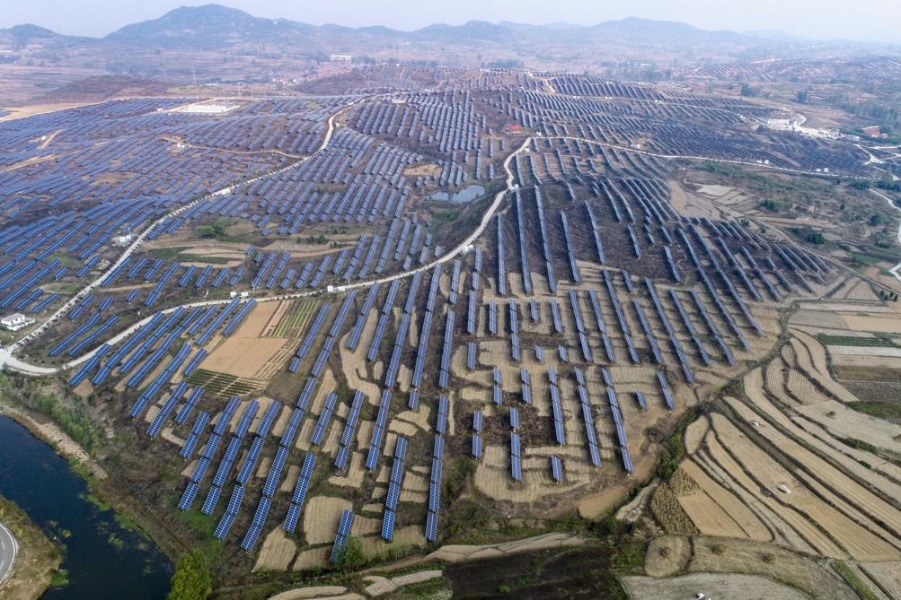Advancing Renewable Energy Solutions at COP28
Southern California Gas Company (SoCalGas) has unveiled a groundbreaking solar technology at the 28th session of COP28. Developed by UCLA researchers, this innovative technology aims to use solar energy and biogas to produce hydrogen and high-quality cylindrical graphite through an environmentally sustainable process.
Potential for Global Impact and Clean Energy Transformation
The technology, currently under consideration for project support from SoCalGas pending approval by the California Public Utility Commission (CPUC), holds significant promise for addressing climate change. Neil Navin, Chief Clean Fuels Officer at SoCalGas, emphasizes the importance of diversifying climate solutions for global needs.
Environmental and Economic Implications
The showcased technology, if developed at scale, could contribute to fuel cells, microgrids, and utility-scale hydrogen production. Neil Navin highlights the potential of storing hydrogen for later use and the associated solid carbon’s role in reducing battery production costs, supporting the energy transition.
Real-World Demonstration and Future Plans
After two successful years of development and demonstration in a laboratory setting, the technology is moving towards real-world application. UCLA’s lead project, with potential demonstration sites under consideration with SoCalGas, aims to secure additional funding for a field demonstration starting in the second half of 2024.
SoCalGas’s Commitment to Clean Energy Transition
SoCalGas continues to play a crucial role in California’s clean energy transition, with projects like Angeles Link, a proposed clean renewable hydrogen pipeline system. This initiative aligns with California’s goal to achieve carbon neutrality by 2045 and reduce greenhouse gas emissions from various sectors.
Towards Net-Zero Emissions and Renewable Energy Adoption
As part of its mission, SoCalGas aspires to achieve net-zero greenhouse gas emissions by 2045 and replace 20% of traditional natural gas with renewable natural gas (RNG) by 2030. The company’s commitment to innovation and renewable energy underscores its dedication to building a cleaner and more sustainable energy infrastructure.
Source: prnewswire.com





